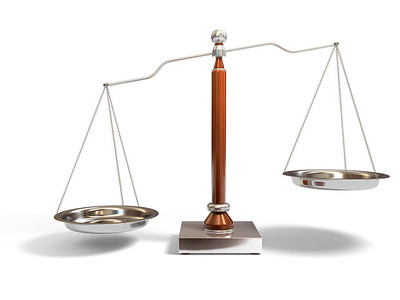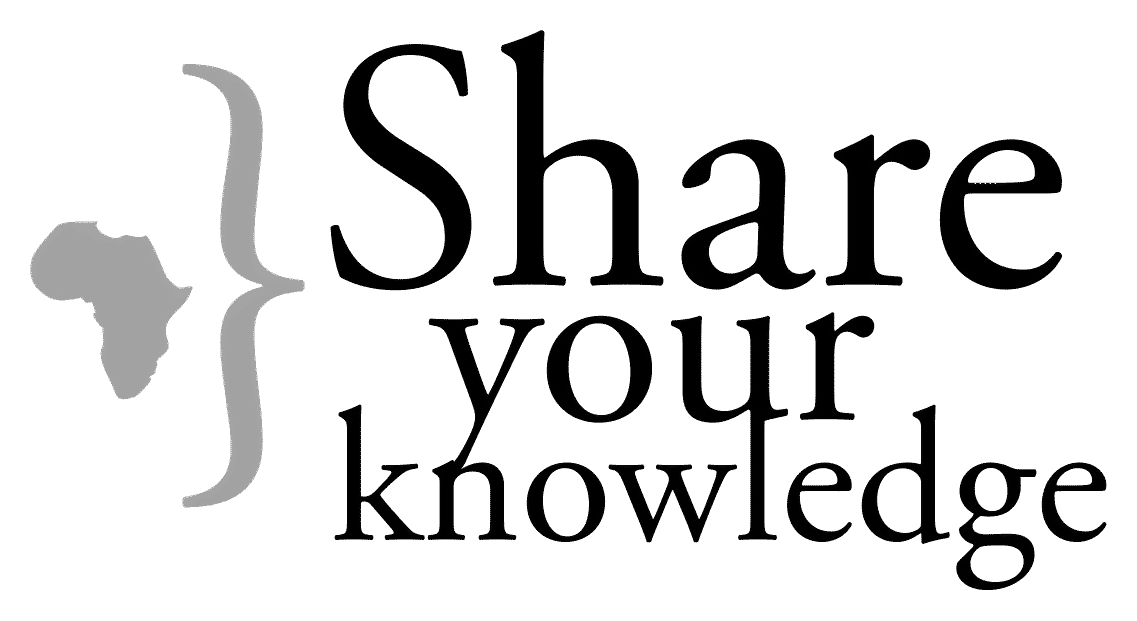Here is insight into how NASA tackles the issue of incentives and motivation for KM behaviours.
 |
| Image from wikimedia commons |
Here in Knoco we believe in intrinsic motivation rather than motivation through rewards or prizes, preferring to use recognition, peer pressure and management expectation to bolster the behaviours of people sharing and seeking knowledge and to reinforce that it is the "right thing to do".
This is partly based on experience of what works, and partly on a belief that people generally come to work in order to do a good job, and in the hope they will be recognised for doing a good job. Knowledge Management therefore needs to be presented as "part of doing a good job", that people should be proud of doing.
Here is a story which shows that NASA takes a similar view; namely avoiding extrinsic rewards and focusing on that "sense of doing the right thing". The story comes from a CKO newsletter from 2016 where Michael Bell, the Chief Knowledge Officer at NASA Kennedy Space Center, tells us this:
"Experience has shown that using games and offering material rewards to encourage knowledge sharing in organizations can have serious downsides. Paying people a bit of cash for sharing their expertise or entering them in a lottery for gift certificates can seem to trivialize the essential activity of collaboration and even be seen as an insult to professionals who take pride in their work. And games with prizes sometimes tempt people to try to “game” the system. Offering cash for lesson submissions often means that quantity goes up and quality goes down. And one NASA center that tried giving cash for contributions to the lessons learned repository found many attempts to cheat the system".Instead NASA focuses on using a common sense of purpose and a desire for social interaction within Communities of Practice as driving forces for Knowledge sharing and seeking. This story is a great example of how such intrinsic motivators operate.
"Recently the Morpheus project manager came to Kennedy Space Center from Johnson Space Center to share lessons learned. Morpheus is developing a prototype lander that can land and take off vertically. The PM shared some technical lessons but really became passionate when he shared the lessons learned about how he communicated the project’s risk profile to stakeholders and senior management. He described how he was successfully able to “fail forward” because of the rapport he established with his stakeholders even within a NASA culture that is risk averse and under a 24-hour-a-day media microscope. My impression was that he was spreading the good news with the hope of making the agency better—a goal that the audience shared".So, tempting though it might be to offer money, prizes or badges to incentivise knowledge sharing, please think twice. Think how prizes may be gamed, and how badges may trivialise something which is far more important, namely a shared sense of community and purpose.
The NASA article ends with this note of recognition that things could be improved still further, and that you need to incentivise knowledge seeking and re-use as well.
It is possible we do not yet put enough emphasis on sharing knowledge with others and seeking the best knowledge from others. An employee once told me, “I don’t recall anyone being recognized for looking at a lessons learned.”






















